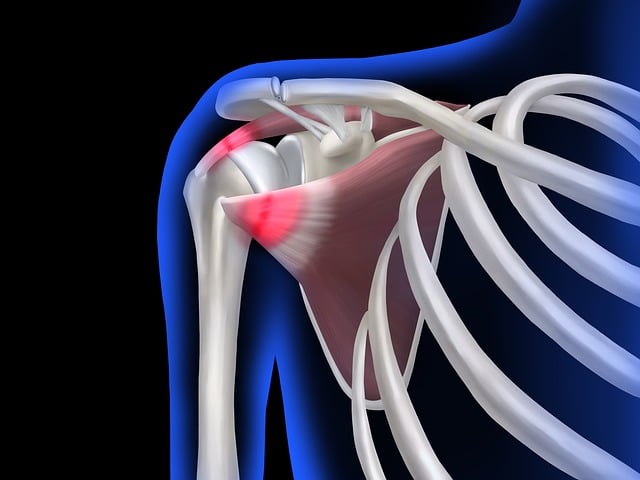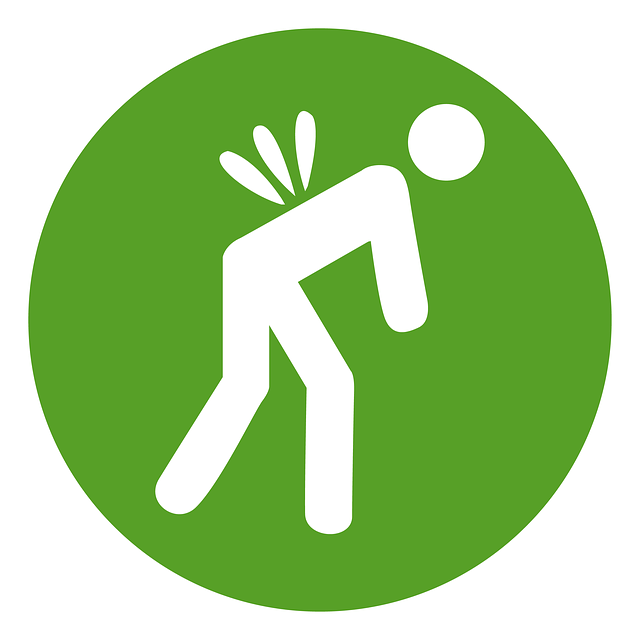Chiropractic treatments offer a safe and effective solution for frozen shoulder caused by car accidents. Chiropractors use manual adjustments, joint manipulation, exercises, and heat/ice therapy to restore mobility and alleviate pain. Early intervention, regular check-ups, and tailored strengthening exercises prevent future issues, aiding in optimal recovery.
Experiencing frozen shoulder after a car accident? This guide offers valuable insights into managing your recovery. We explore the impact of auto collisions on your shoulders, focusing on the condition known as frozen shoulder or adhesive capsulitis. Learn about effective chiropractic treatments for shoulder pain specifically tailored to post-accident injuries. Discover essential recovery and prevention strategies to expedite your return to normal activities.
- Understanding Frozen Shoulder After Car Accidents
- Chiropractic Treatments for Shoulder Pain
- Recovery and Prevention Strategies Post-Accident
Understanding Frozen Shoulder After Car Accidents

After a car accident, experiencing persistent shoulder pain can be a common and distressing issue. Many individuals suffer from what is known as ‘frozen shoulder’, a condition characterized by significant stiffness and limited range of motion in the affected joint. This often occurs due to the complex network of muscles, tendons, and ligaments in the shoulder region being strained or damaged during the collision.
Chiropractic treatments have emerged as a promising approach for managing frozen shoulder after car accidents. Chiropractic professionals focus on the spine and musculoskeletal system, employing various techniques like manual adjustments, joint manipulation, and therapeutic exercises to alleviate pain and restore mobility. These treatments aim to reduce inflammation, relax tight muscles, and improve overall shoulder function, providing much-needed relief for those struggling with this debilitating condition post-accident.
Chiropractic Treatments for Shoulder Pain

Chiropractic care is a popular and effective non-surgical approach to managing frozen shoulder, or adhesive capsulitis, often resulting from car accidents. These treatments focus on adjusting and mobilizing the affected joints, particularly the shoulder, to reduce pain and improve range of motion. Chiropractors use various techniques like manual adjustments, joint mobilization, and therapeutic exercises tailored to each patient’s condition.
Chiropractic treatments for shoulder pain after car accidents aim to restore the normal function and mobility of the shoulder joint. By addressing the underlying cause of stiffness and pain, chiropractors help patients regain their range of motion and alleviate symptoms associated with frozen shoulder. This conservative approach is often preferred as it offers a safe and gentle alternative to surgery, promoting natural healing and patient comfort.
Recovery and Prevention Strategies Post-Accident

After a car accident, it’s crucial to prioritize your recovery and prevent further injury to your shoulder. Chiropractic treatments offer a gentle yet effective approach to managing frozen shoulder post-accident. These specialized therapists can utilize various techniques like manual manipulation, therapeutic exercises, and heat/ice therapy to alleviate pain and improve range of motion.
To expedite healing and prevent future issues, it’s essential to maintain regular chiropractic check-ups and follow the treatment plan prescribed. Additionally, engaging in regular yet gentle stretching and strengthening exercises specific to the shoulder can aid in long-term recovery. Remember, early intervention and consistent care are key to managing frozen shoulder effectively after a car accident.
After a car accident, experiencing frozen shoulder can be a significant challenge. However, with the right approach, recovery is achievable. Chiropractic treatments offer a non-invasive way to alleviate pain and restore mobility. By combining these treatments with targeted recovery strategies and preventive measures, individuals can effectively manage their symptoms and regain full shoulder function. Remember, seeking prompt professional help post-accident is key to minimizing long-term effects.














